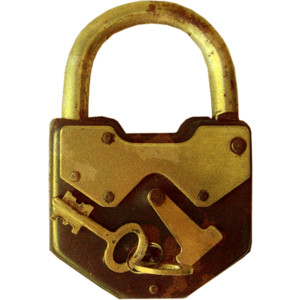String Type Overview
String

A summary of the string data types follows. For additional information about properties and storage requirements of the string types, see Section 11.4, “String Types”, and Section 11.7, “Data Type Storage Requirements”.
In some cases, MySQL may change a string column to a type different from that given in a CREATE TABLE or ALTER TABLE statement. See Section 13.1.14.3, “Silent Column Specification Changes”.
MySQL interprets length specifications in character column definitions in character units. This applies to CHAR,VARCHAR, and the TEXT types.
Column definitions for many string data types can include attributes that specify the character set or collation of the column. These attributes apply to the CHAR, VARCHAR, the TEXT types, ENUM, and SET data types:
-
The
CHARACTER SETattribute specifies the character set, and theCOLLATEattribute specifies a collation for the character set. For example:CREATE TABLE t ( c1 VARCHAR(20) CHARACTER SET utf8, c2 TEXT CHARACTER SET latin1 COLLATE latin1_general_cs );This table definition creates a column named
c1that has a character set ofutf8with the default collation for that character set, and a column namedc2that has a character set oflatin1and a case-sensitive collation.The rules for assigning the character set and collation when either or both of the
CHARACTER SETandCOLLATEattributes are missing are described in Section 10.1.3.4, “Column Character Set and Collation”.CHARSETis a synonym forCHARACTER SET. -
Specifying the
CHARACTER SET binaryattribute for a character data type causes the column to be created as the corresponding binary data type:CHARbecomesBINARY,VARCHARbecomesVARBINARY, andTEXTbecomesBLOB. For theENUMandSETdata types, this does not occur; they are created as declared. Suppose that you specify a table using this definition:CREATE TABLE t ( c1 VARCHAR(10) CHARACTER SET binary, c2 TEXT CHARACTER SET binary, c3 ENUM('a','b','c') CHARACTER SET binary );The resulting table has this definition:
CREATE TABLE t ( c1 VARBINARY(10), c2 BLOB, c3 ENUM('a','b','c') CHARACTER SET binary ); -
The
ASCIIattribute is shorthand forCHARACTER SET latin1. -
The
UNICODEattribute is shorthand forCHARACTER SET ucs2. -
The
BINARYattribute is shorthand for specifying the binary collation of the column character set. In this case, sorting and comparison are based on numeric character values.
Character column sorting and comparison are based on the character set assigned to the column. For the CHAR,VARCHAR, TEXT, ENUM, and SET data types, you can declare a column with a binary collation or the BINARY attribute to cause sorting and comparison to use the underlying character code values rather than a lexical ordering.
Section 10.1, “Character Set Support”, provides additional information about use of character sets in MySQL.
-
[NATIONAL] CHAR[(M)] [CHARACTER SETcharset_name] [COLLATEcollation_name]A fixed-length string that is always right-padded with spaces to the specified length when stored.
Mrepresents the column length in characters. The range ofMis 0 to 255. IfMis omitted, the length is 1.NoteTrailing spaces are removed when
CHARvalues are retrieved unless thePAD_CHAR_TO_FULL_LENGTHSQL mode is enabled.CHARis shorthand forCHARACTER.NATIONAL CHAR(or its equivalent short form,NCHAR) is the standard SQL way to define that aCHARcolumn should use some predefined character set. MySQL 4.1 and up usesutf8as this predefined character set. Section 10.1.3.6, “National Character Set”.The
CHAR BYTEdata type is an alias for theBINARYdata type. This is a compatibility feature.MySQL permits you to create a column of type
CHAR(0). This is useful primarily when you have to be compliant with old applications that depend on the existence of a column but that do not actually use its value.CHAR(0)is also quite nice when you need a column that can take only two values: A column that is defined asCHAR(0) NULLoccupies only one bit and can take only the valuesNULLand''(the empty string).




